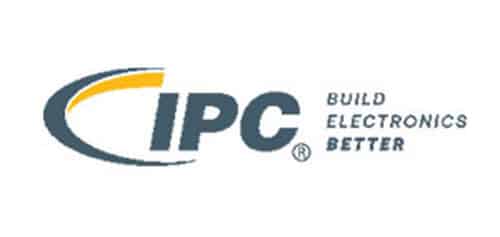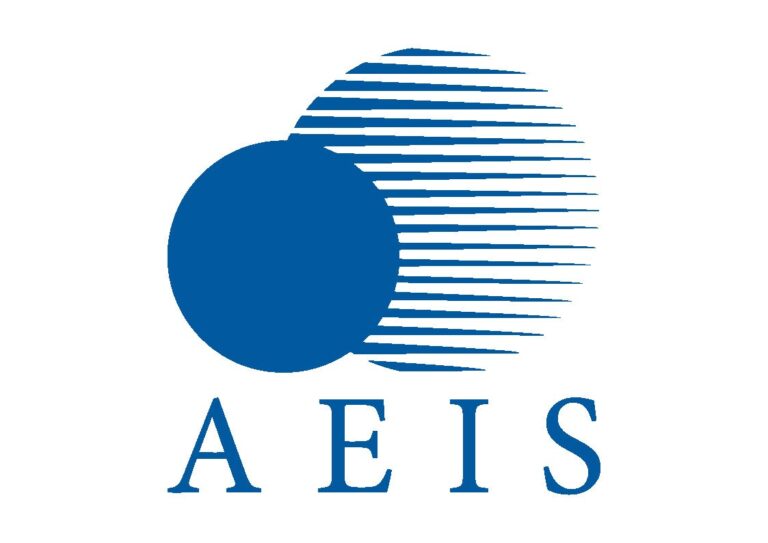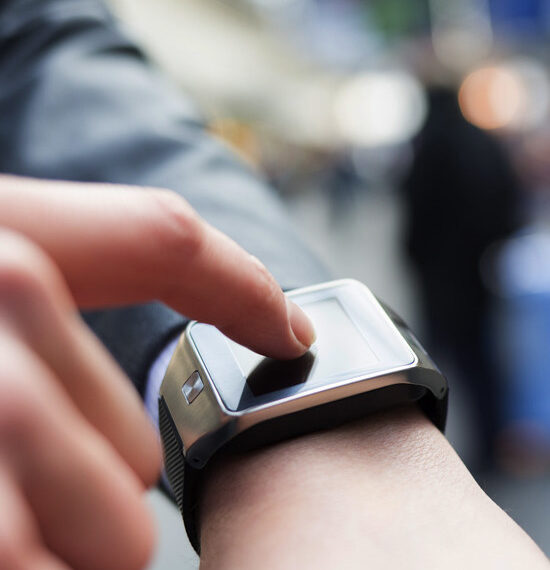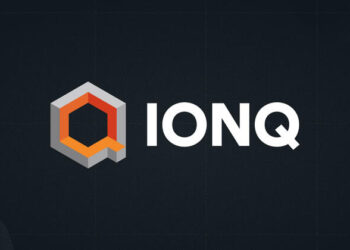The wearables market is projected to grow from $27 billion in 2019 to $64 billion by 2024. This may excite many of the industry’s leaders, but they should be wary as consumer demands outgrow the basic offerings that are offered by Apple watchOS, Google Android.
With the popular growth of smart personal devices the demand for accessibility also grows. Consumers want lightweight form factors with rich experiences and most of all longer battery life. Here are five predictions from AMETEK Crank’s, CEO, Brian Edmond:
- Low power will be in high demand – No one wants to plug in their device daily, consumers are already seeking more battery life with the expectation of the same rich user experience (UX) they have always had. These are benefits that only MCU’s can provide.
- Consumers are seeking even richer graphical experiences – Frameworks like AMETEK Crank’s Storyboard give developers the ability to prototype and build vivid, graphical UX quickly, and help you rapidly deploy and validate on target hardware. Consumers are consistently demanding a smartphone-like experience on any device they use, driving manufacturers to juggle graphics, memory, and power budgets to keep costs down. Keeping up with this demand will be paramount to brand success.
- Growing diversification of wearable health devices – Not only will devices become smaller in form but with an increased focus in the health and wellness industries, the diversification for wearable devices will serve a multitude of needs (going back to the need for increased battery life).
- Less streamlined and more flexible platform architectures – The key for wearables products is to select hardware that offers built-for-purpose options to make design tradeoffs easier and minimize the power wastage that comes with using less-efficient components. Adopting platforms and ecosystems that are built to make these choices easier and scale over time, a key component for wearables development moving into 2022.
- Adaptation to the silicon shortage – The shock of the dwindling semiconductor supply is over, now manufacturers are finding ways to keep their products in the market and use the resources they already have to deliver new ones. Relying less on hardware specifics and more on flexible processes, tools, and application architectures will help them streamline product delivery for the foreseeable future.









